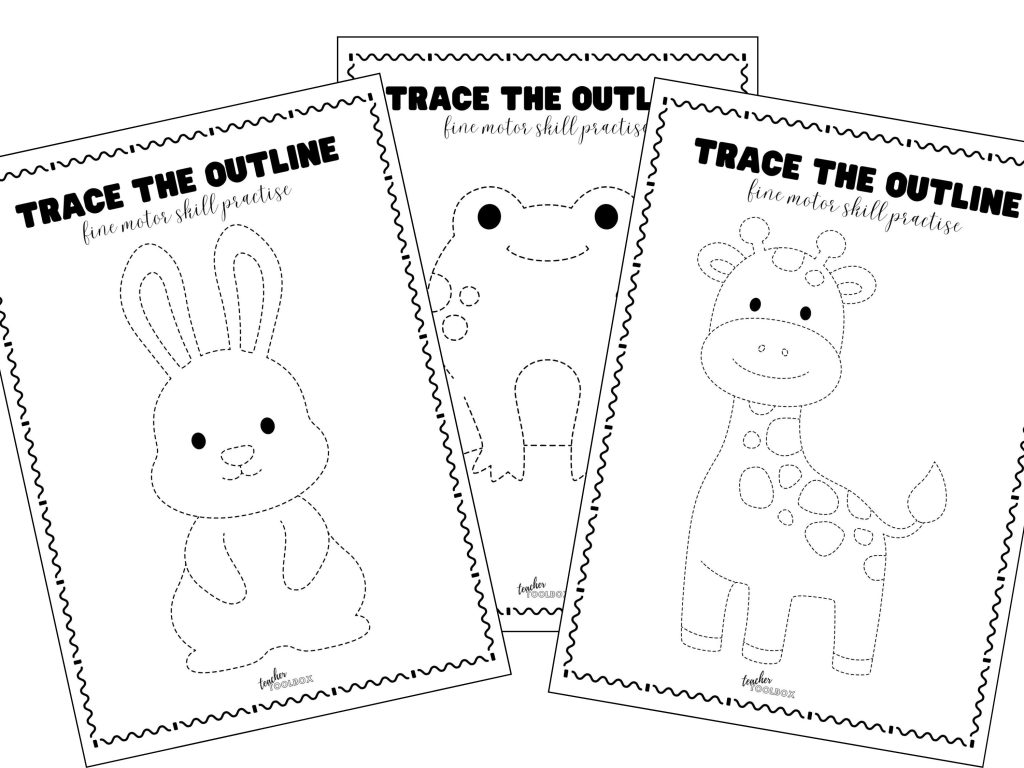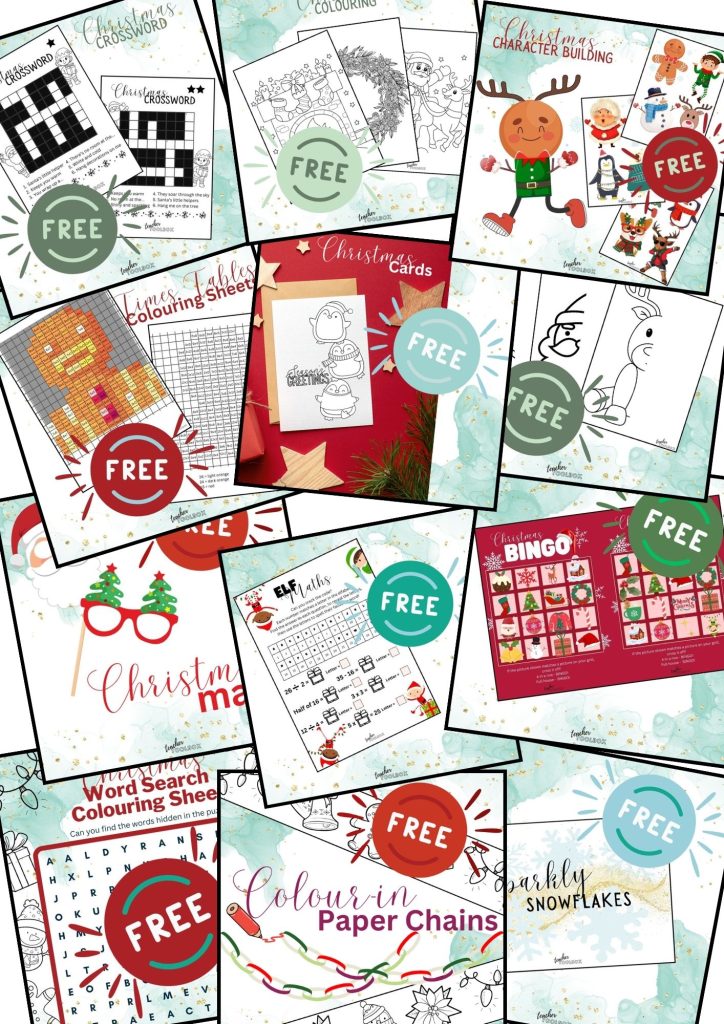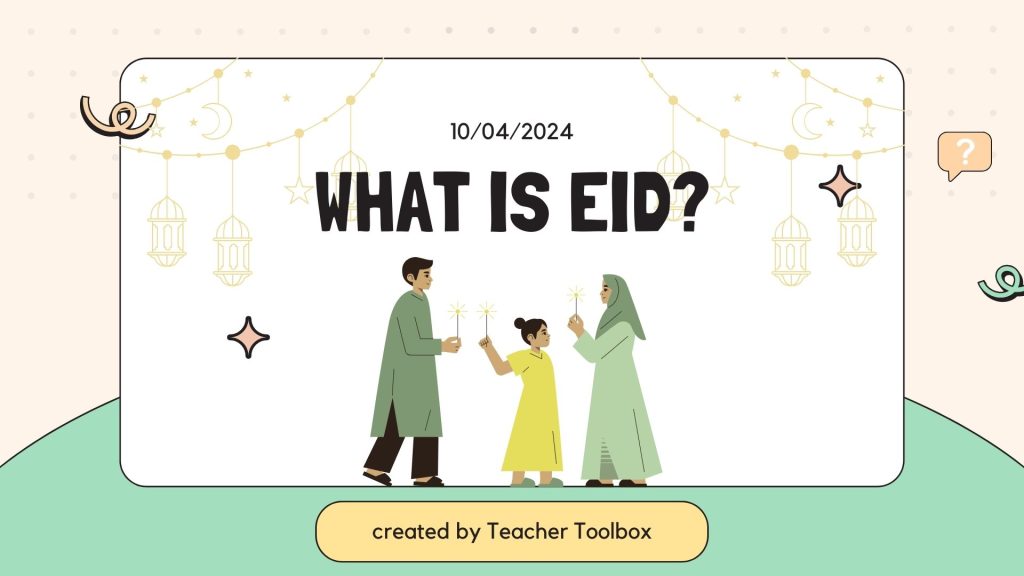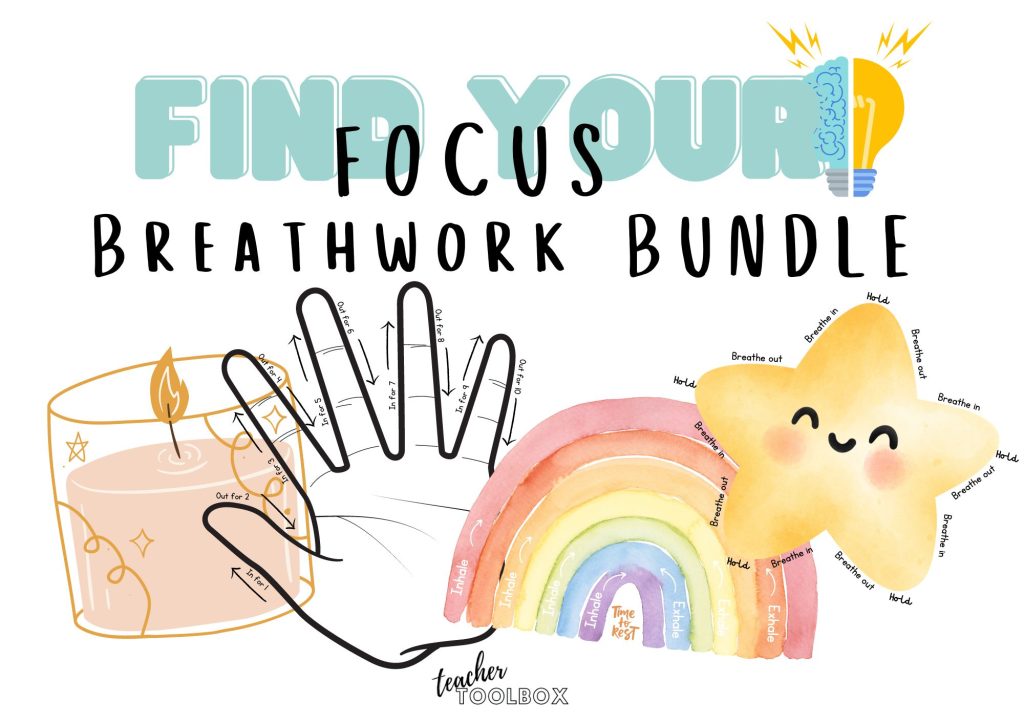Fine motor skills are a foundational aspect of early childhood development, helping children gain the strength and coordination needed for tasks like writing, cutting, and even buttoning their clothes. After reaching out to the educator community on TikTok to see what resources you’d find most helpful, fine motor skill activities were a top request. You asked, I delivered! I’m excited to introduce four new resources that are engaging, simple, and perfect for building these essential skills.
Why Fine Motor Skills Matter
Developing fine motor skills is more than just preparing children for writing—it’s about enabling them to perform everyday tasks confidently. Strong fine motor skills benefit children by:
- Improving hand-eye coordination for tasks like drawing, threading, or building with blocks.
- Building hand strength and precision which aids in writing, drawing, and using scissors.
- Supporting independence in dressing, eating, and self-care tasks like brushing their teeth.
These new resources offer practical, engaging activities designed specifically to strengthen these skills. Here’s a breakdown of each resource in the pack!
1. Trace the Animal Worksheets
This resource allows children to practise controlled, precise movements by tracing animal shapes. Tracing helps children gain control over a pencil, improve their coordination, and get used to the action of following lines—an important pre-writing skill.
- Multiple animals and designs: Each page features a different animal for variety and fun.
- Benefits: Builds hand strength, improves pencil grip, and enhances focus.
“Tracing is a fantastic way for young learners to develop pencil control and hand stability while having fun!”
2. Dot-to-Dot Pages
Dot-to-dot is a tried-and-true way to help children learn sequencing and number recognition while refining their motor skills.
- Engaging, sequential challenges: Connect the dots in order to complete pictures.
- Benefits: Helps develop focus, patience, and the ability to move their hand smoothly across the page.
“Dot-to-dot activities add a little adventure to fine motor practise, with a ‘reveal’ element that keeps children motivated and engaged.”
3. Cutting Practise Sheets
Learning to cut with scissors is a key fine motor skill that’s also practical for various school activities. These sheets give children structured cutting practise in a safe, controlled way.
- Variety of lines and shapes: Children can practise cutting straight, wavy, and zigzag lines to build scissor skills.
- Benefits: Strengthens hand muscles, improves coordination, and prepares kids for classroom tasks.
“Mastering scissor skills can boost a child’s confidence and make them more self-sufficient in their activities.”
4. Make a Silly Face! Cut-and-Stick Activity Pack
For a bit of extra fun, this cut-and-stick pack lets kids get creative by making silly faces. They can cut out various facial features, mix and match, and glue them to create their own silly characters.
- Creative and engaging: Kids can mix and match eyes, mouths, and other facial features.
- Benefits: Encourages creativity while reinforcing cutting and gluing skills.
“The silly face activity combines creativity with fine motor practise, giving kids a chance to play while they learn.”
Fine Motor Skill Practise Made Simple
Each resource in this pack includes several pages of the activity, providing teachers with enough material to revisit these skills over time. Whether your students need to practise tracing, cutting, or putting together something silly, these resources offer structured, low-prep ways to reinforce fine motor skills.
Quick Tips for Using These Resources:
- Add variety by alternating between the resources to keep students engaged.
- Incorporate as morning activities or quiet time exercises to help children settle in.
- Focus on progress, not perfection—especially with activities like cutting or dot-to-dot, which can take some practise!
Thank you to everyone who responded to our TikTok video—these resources are for you! I will continue to refer to your requests to add to our collection. Fine motor practise doesn’t have to be complicated or time-consuming. With these new resources, your students can have fun, get creative, and work on skills that will benefit them throughout their learning journey.









